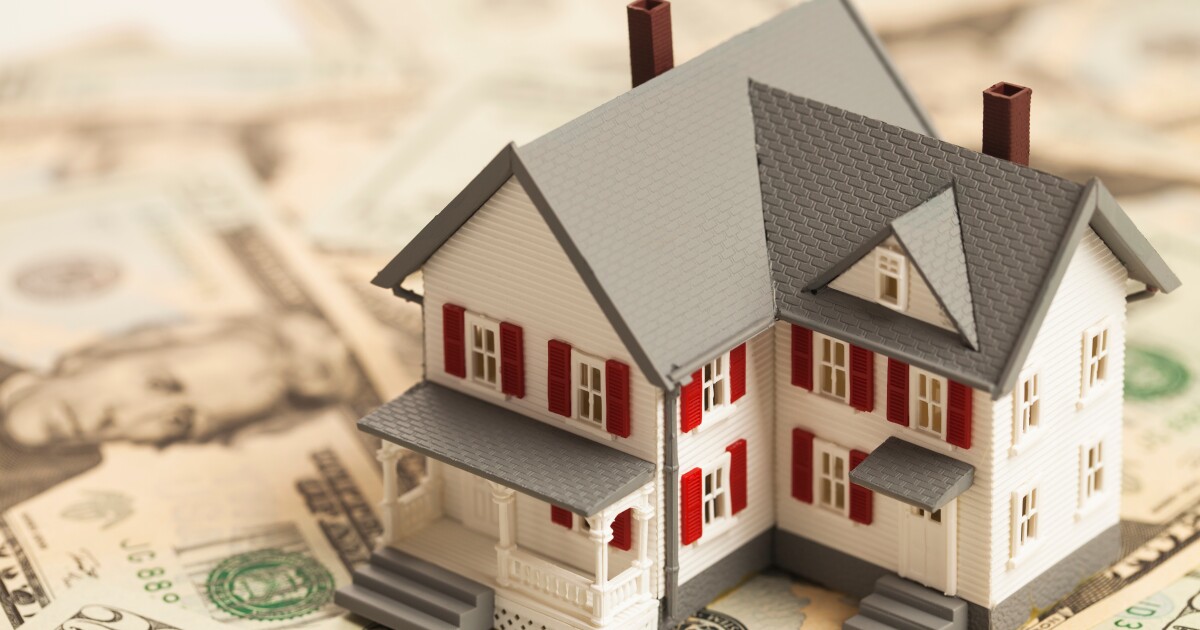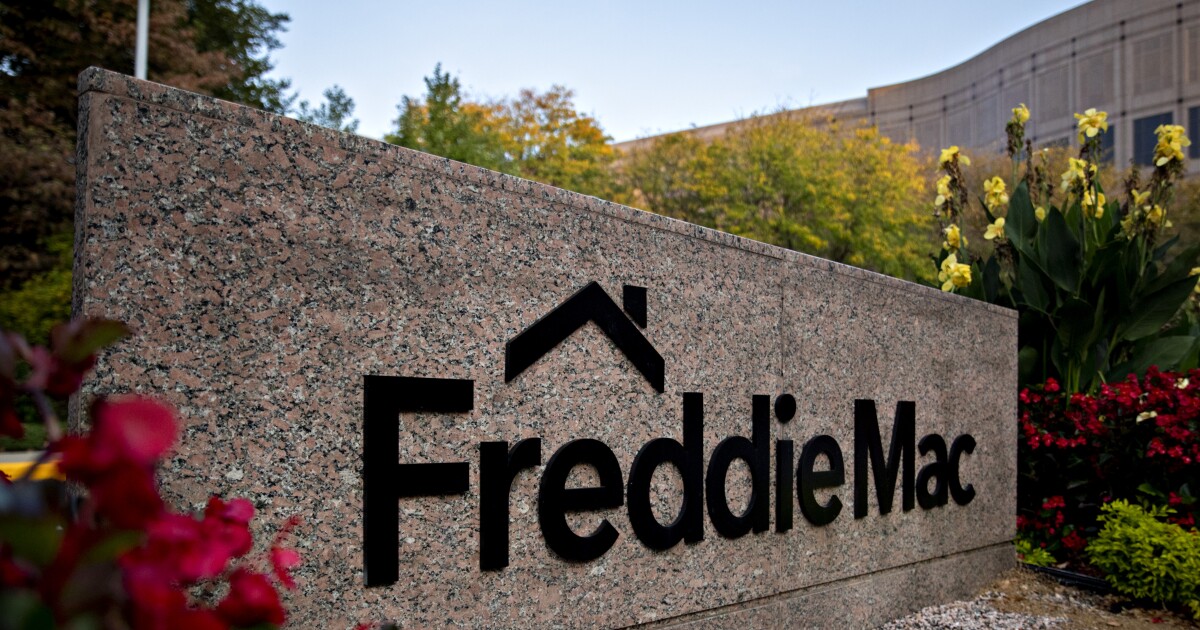
Even as some factors causing current affordability challenges show signs of easing, a new study points to how high a barrier many aspiring buyers still have to get over to achieve homeownership.
To afford a typical U.S. home currently priced at $367,969, households earning today's median salary would need an additional $17,670 in annual income to meet monthly payments, even with 20% down. With only a 10% down payment, those same buyers would require a raise of $36,287, according to a new report from Zillow.
The median priced home now demands a near six-figure salary, the report said. In 2023, the median U.S. household income was $82,168, according to U.S. Bureau of Labor Statistics data.
Today's housing
"Affordability remains a steep hill to climb, especially for first-time buyers," said Kara Ng, senior economist at Zillow, in a press release.
Elevated cost pressures remain even as the housing market shows consistent signs of thawing this year. Housing indicators show regular softening of home-price growth with small dips occurring in some regions, as reports from several research groups suggest the market is shifting
Properties sitting unsold for longer, as well as a
"While the financial bar has gotten higher, we're also in the middle of the most buyer-friendly spring since before the pandemic for those who can make the finances work," Ng said.
"To make homeownership more broadly accessible, though, we need lasting solutions, starting with policies that allow more homes to be built in the right places," she also added.
Where are the most affordable markets?
Although affordability challenges are widespread, several urban markets still have an ample supply of homes meeting median incomes, Zillow reported. Located primarily in the Midwest and Northeast, the number of markets with affordable median prices decreased to just 11 from 39 five years ago, though.
Cleveland came in as the most affordable market where the median income earner could buy a typical $244,000 home and still have over $11,500 left at the end of the year. Pittsburgh, St. Louis and Cincinnati followed as the next three markets where housing costs were low enough to still allow home buyers to keep some earnings, with leftover income of $11,244, $4,897 and $4,396 available.
On the other end of the scale, California markets had the lowest levels of affordability with four cities requiring six-figure raises for median earners to achieve homeownership. Buyers in San Jose would need $250,000 more in annual income to afford a typical home. In San Francisco, median income would need to increase by over $165,000. Los Angeles and San Diego followed, with approximately $149,000 and $129,000 required each year on median salaries.
How high home prices have changed the rental market
The difficulty in buying an affordable home in desirable markets also led to shifts in the rental housing market.
Single-family rental homes now go for 41% more than they did five years ago, Zillow noted. The surge outpaced rent increases in multifamily properties, which rose by 30% over the same period.
Over half the rental population was over the age of 40 in 2024, with the median at 42. One-third of rental households include children under the age of 18, Zillow reported last year.



